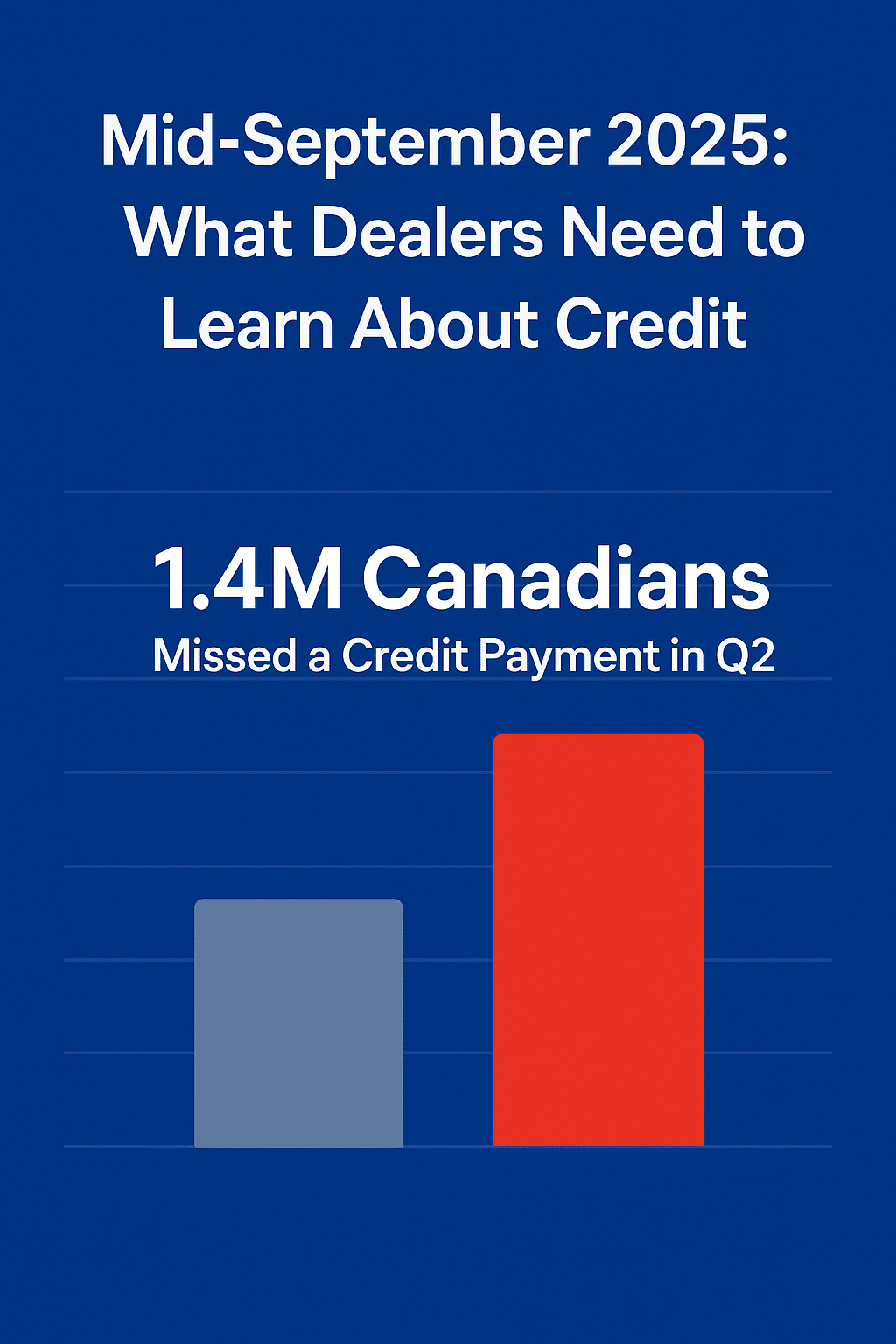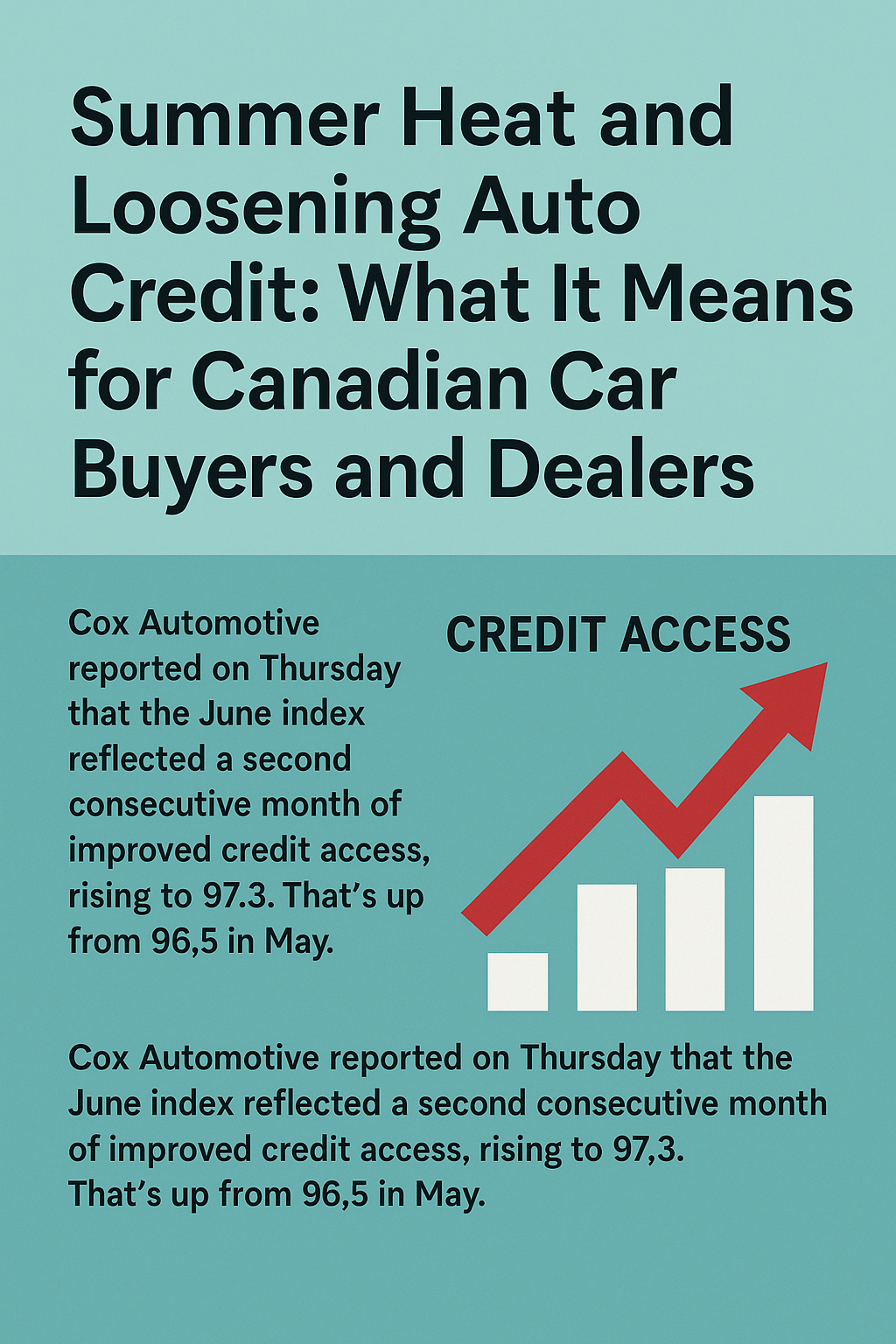Cox Automotive says unique credit applications per dealer on Dealertrack rose 2 percent year‑over‑year last week—a sign that shoppers may be edging back toward the finance office. Yet whether customers are truly comfortable signing for a new vehicle depends on which confidence gauge you trust.
Two Very Different Reads on Confidence
- Conference Board jump: The Conference Board’s Consumer Confidence Index leapt 12.3 points in May to 98.0, ending a five‑month slide. Its Present Situation Index climbed to 135.9, while the Expectations Index surged to 72.8—still below the recession‑warning threshold of 80, but a clear improvement.
- Achieve survey gloom: Digital‑finance firm Achieve, however, found a widening gap between optimism and reality. While 57 percent of households expected their finances to improve over the past year, only 32 percent actually saw gains—and 33 percent said things got worse.
Why the split? Gas prices may be one answer. Cox Automotive chief economist Jonathan Smoke notes the tight link between sentiment and fuel, and AAA reported the cheapest Memorial Day gasoline ($3.19 a gallon) since 2021.
What the Conference Board Heard
- Confidence rebounded across every age, income and political group.
- Stock‑market optimism spiked: 44 percent expect prices to rise over the next 12 months, up from 37.6 percent in April.
- Tariffs remain top‑of‑mind; many respondents fear higher prices even after the May 12 pause on some China tariffs.
- Consumers are more anxious about affordability than job security. Nearly half worry about paying for the things they need or want; fewer than one‑quarter fear losing their jobs.
Spending behavior is shifting too:
| Recent Action | Share of Households |
|---|---|
| Set money aside for future spending | 36.7 % |
| Tapped savings to cover expenses | 26.6 % |
| Postponed a major purchase | 26.0 % |
| Pulled purchases forward before tariffs | 19.0 % (higher among $125k+ households) |
What Achieve Found
Persistent inflation and elevated interest rates are straining budgets:
| Debt Trend (past 3 mo.) | Share of Households |
|---|---|
| Debt load increased | 25 % |
| Debt load flat | 40 % |
| Debt load decreased | 35 % |
Key stress points:
- Credit‑card dependence: 58 percent use cards for essentials; 40 percent have carried balances longer than six months.
- On‑time payments slipping: Only 59 percent pay every bill on time, down from 65 percent in Q1.
- Rising delinquency risk: Student‑loan late‑payment risk hit 35 percent; even auto loans (14 percent) and mortgages (10 percent) look more vulnerable.
Why debt is climbing:
- 33 percent: can’t meet expenses without borrowing
- 28 percent: income or employment issues
- 21 percent: overspending
- 16 percent: medical costs
The Take‑Away for Dealers and Lenders
- Demand is alive—but fragile. More shoppers are applying for credit, yet many remain stretched thin. Expect continued sensitivity to monthly payments.
- Fuel prices matter. Lower gas prices are buoying sentiment; if oil rebounds, confidence may fade just as quickly.
- Watch the Expectations Index. At 72.8, it still flashes caution about the future; a dip below 60 would raise recession alarms.
- Payment protection products count. As late‑payment risk rises, products that safeguard budgets—service contracts, GAP, credit‑life—will resonate.
- Tailor finance terms. Longer terms or creative structures could help payment‑focused buyers stay within budget without sacrificing margin.
Bottom line: Consumers feel better than they did a month ago, but their wallets tell a tougher story. Successful F&I strategies will acknowledge both the optimism and the ongoing financial strain.




